Valentino: The Italian Master
“Elegance is the balance between proportion, emotion and surprise.”
Valentino Garavani, known worldwide by his first name alone, had an immaculate, Italian touch, one which earned him widespread, international acclaim. Finding his voice in the 1960s, his old-school, Hollywood glamour was an antidote to the proliferation of androgynous, tomboyish styles that were rising around him, while his ultra-feminine designs, featuring lace, silk and chiffon, were adored by millions. So too, was his signature “Valentino Red,” a colour that came to symbolise his brand of powerful femininity, epitomising the independent and unstoppable spirit of the women he dressed.
Born in Lombardo in Northern Italy in 1932, Valentino’s creative spark emerged at a young age. He adored both art and fashion, but it was early trips to the theatre that lit up his imagination, particularly the opulent theatricality of the costumes. He remembers, “I was so enchanted by all those evening gowns, those sequins, those shiny things. Then I realised that my way was to do design.”
With the support of his family Valentino moved to Paris to study fashion at the Ecole des Beaux Arts, before heading on to the Syndicale de la Couture Parisienne. Following graduation, he became an apprentice at Jean Desses for over five years, where he learned how to tailor and sew like a pro, and in his own time made a steady stream of illustrations, many of which still exist today, demonstrating his early love of elaborate, detailed dress designs. After a stint working with Guy Laroche in Paris, Valentino returned home to Italy, and with financial support from his family was able to set up his own label in 1959.
Despite his best efforts, times were hard for Valentino in this first year and he nearly filed for bankruptcy. By chance, during this time Valentino met, befriended and eventually fell for Giancarlo Giammetti, then an architecture student, who quit his studying to become Valentino’s business and romantic partner. With his solid business acumen Giammetti helped Valentino immeasurably with all the non-creative sides of running a business, as Valentino recalled, “He came and he took care of everything that was not part of the creation. Little by little we arrived at something quite solid.”
In 1962 Valentino made his first fashion debut, with a couture display at the Pitti Palace in Florence. Included was a suite of dresses in his trademark dazzling red hue, which grabbed the fashion world’s attention and received widespread critical acclaim, featuring most prominently on the cover of French Vogue. Following on the show’s overnight success, Valentino’s star was on the ascent, and by the middle of the decade he was considered Italy’s top designer in haute couture. Further collections released during this time aimed at drawing attention featured dazzling animal prints, bold, op and pop art inspired patterns with large zig-zagged, geometric and polka-dot prints in vivid colours, and violet and pink furs. In sharp contrast, in 1967 Valentino made an abrupt turn, releasing a “no colour collection” made from beige, white and ivory hues, with a focus instead on luxury fabric and details, a move into minimalism which won him the Neiman Marcus Award. Winning this prestigious prize gave Valentino the impetus to delve into menswear, launching his first men’s collection, Valentino Uomo, the following year.
A further breakthrough came in the same year when Valentino was invited to design Jackie Kennedy’s wedding dress for her second marriage to Aristotle Onassis, a pleated, knee length ivory gown with a high neckline, raising his status as a couturier to the stars – further clients came to include the Begum Aga Khan, Queen Paola of Belgium and movie stars Elizabeth Taylor and Audrey Hepburn. In 1968 he stunned fashion crowds again with the introduction of his Collezzione Bianca, an entire line made from white and off-white garments in white lace, including suits, wraps, coats and legwear.
Business was booming and towards the end of the decade Valentino had opened ready-to-wear stores in Milan and Rome, which, once up and running, left him free to move to New York to take on the American market. While living there he socialised widely with the lively 1970s underground scenes, befriending various artists and designers, including Andy Warhol, while frequenting the iconic nightclub Studio 54, where he would famously launch a line of denim-blue jeans. Branching out into new daring looks, Valentino revealed a gypsy inspired series in the 1970s, capturing the spirit of the era, as seen in the loose, flowing silhouettes of his long skirts, harem pants and maxi coats in bold, shimmering prints, citing the art of Gustav Klimt and the Ballet Russes as inspiration.
Continuing to expand into wider audiences, Valentino opened further stores in London, Paris, New York and Tokyo. In the 1980s he developed more loose, flowing shapes, releasing sarong skirts, draped garments, ruching and dramatic side slits, while returning to his eye-popping Valentino Red. He also brought out a child and young adults’ line in this decade, titled Oliver, after one of his beloved dogs. 1991 was another landmark year, marking 30 years since the opening of his fashion house, which Valentino chose to celebrate with a 3-day long festival and 1,600 guests, demonstrating his phenomenal network of friends and business contacts from all around the world. In the same year, Elizabeth Taylor invited Valentino to design her a wedding dress for her eighth marriage, for which he produced a stunning yellow lace gown with a long, sweeping train.
By the end of the decade, Valentino was winding down his business, which he sold to Holding di Partecipaziono Industriali, while remaining at the helm as principal designer for a further decade. He held his final couture show in January 2008 at the Musee Rodin in Paris, where models stalked the runway in a stream of Valentino Red dresses and audiences gave him a standing ovation. Following his official retirement, Valentino has been awarded various prestigious honours including the Commendeur de l’ordre des Arts et des Lettres medal, while the retrospective exhibition, Valentino: Master of Couture exhibition opened at Somerset House in 2012 and The Valentino Gravani Virtual Museum was established at www.valentino-garavani-archives.org in celebration of his vast and influential legacy.
Not one to fade from the limelight for too long, Valentino still takes on private, special commissions, including the design of wedding dresses for both Anne Hathaway and Princess Madeleine of Sweden, which both featured his trademark emphasis on decadent, sumptuous luxury. Nicknamed by writer John Fairchild as “The Sheik of Chic,” Valentino’s fairy-tale designs continue to bedazzle today’s audiences with his inimitable, Italian eye for exquisite precision and detail. Reflecting on his life’s work, Valentino wrote, “Even as a young boy my passion was to design, and I have been very lucky to be able to do what I have loved all my life. There can be few greater gifts than that.”





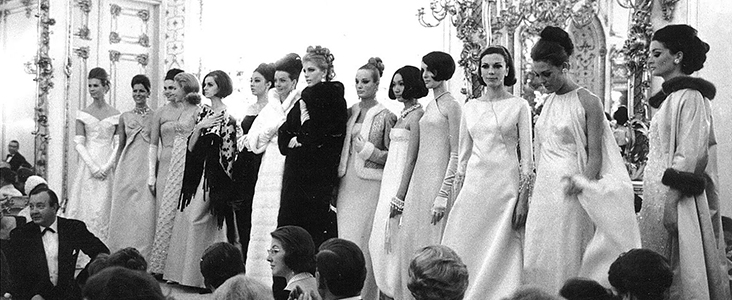
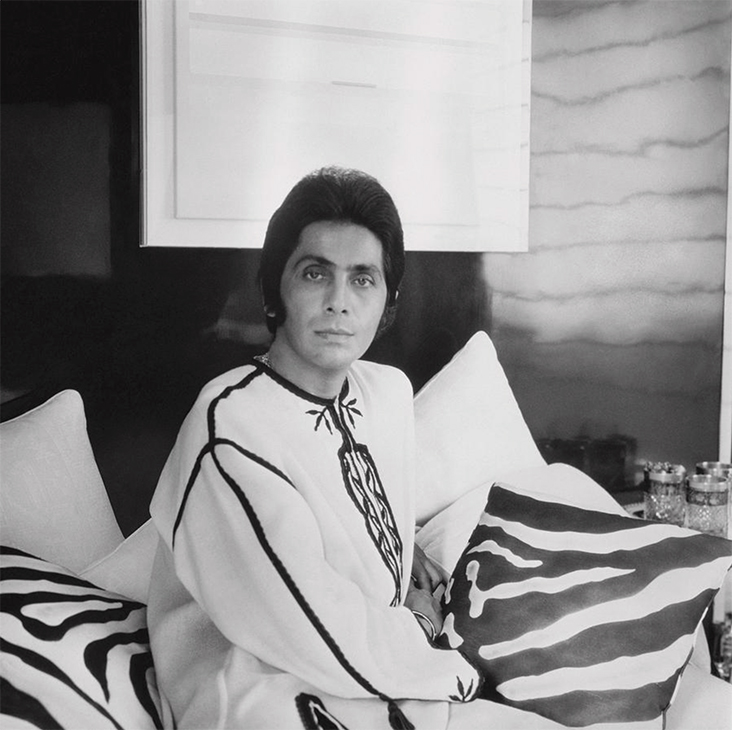
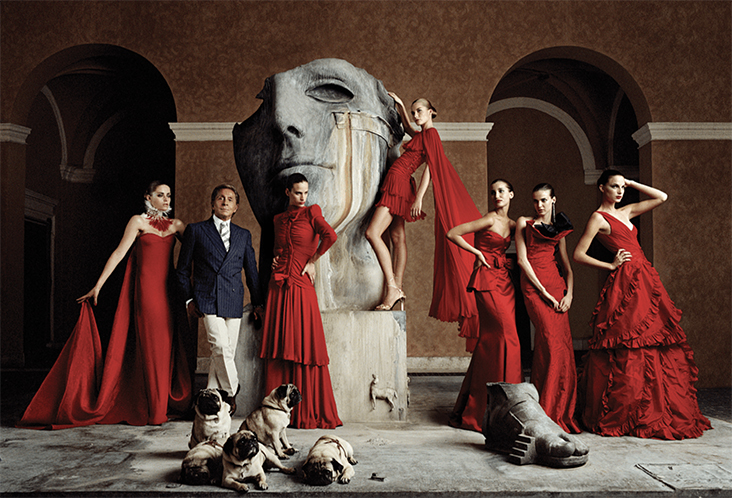

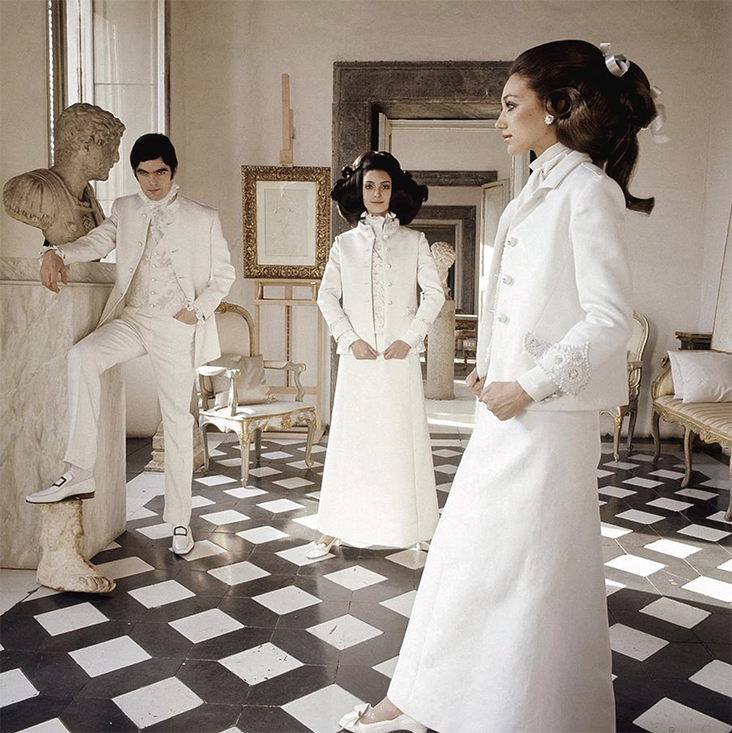
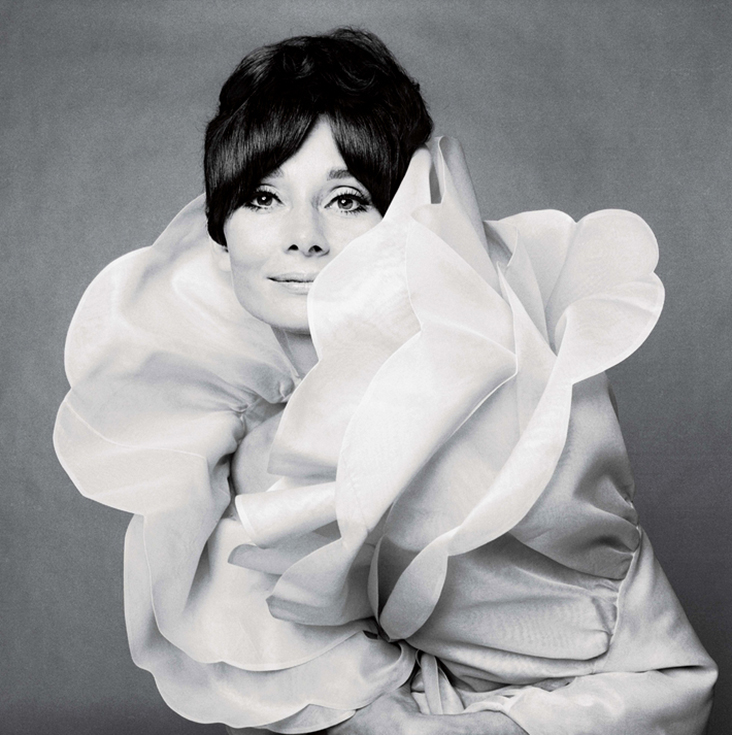
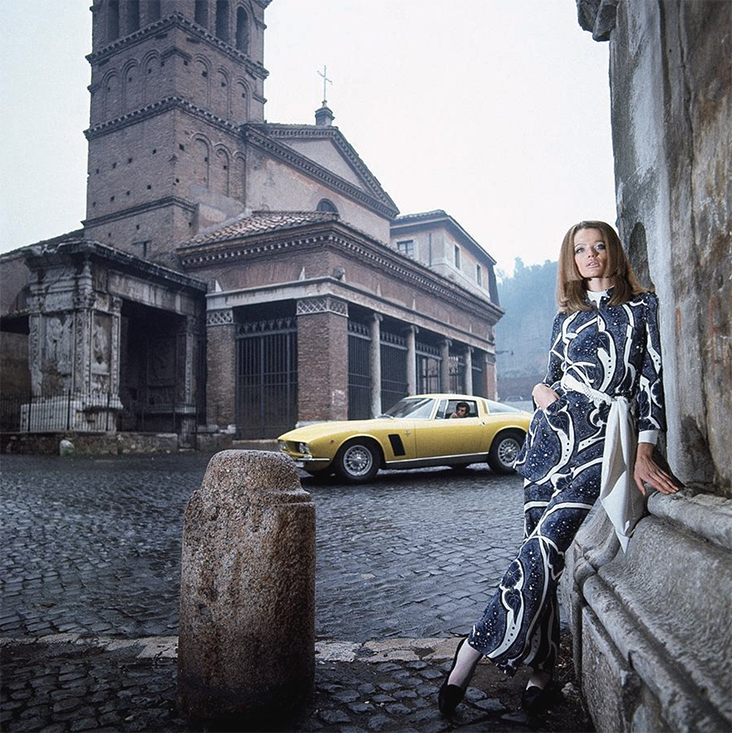
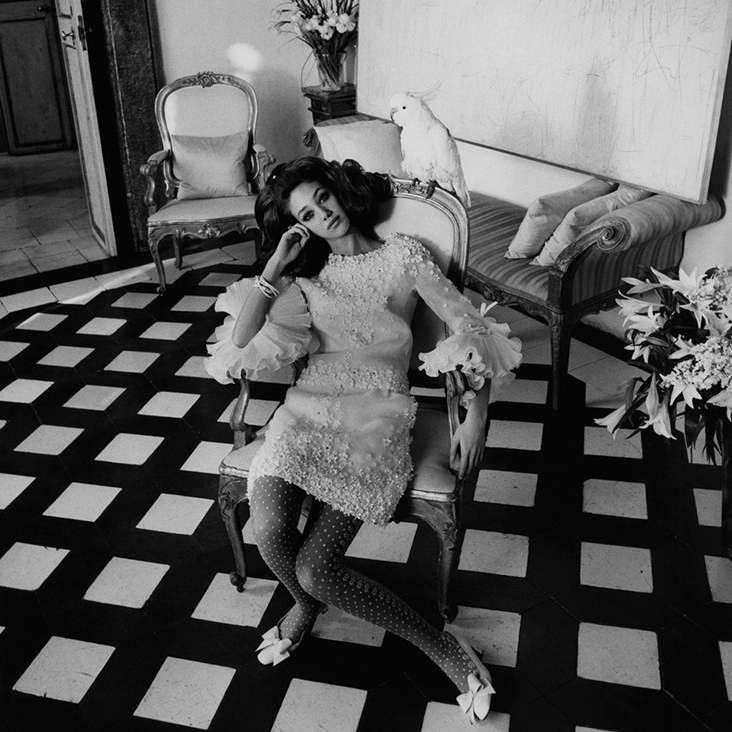
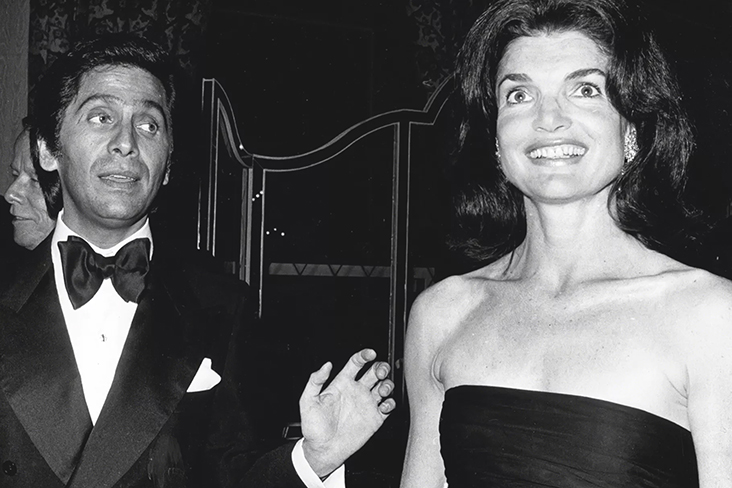
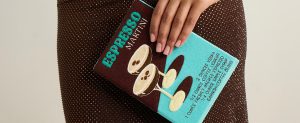
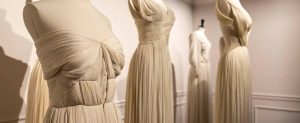
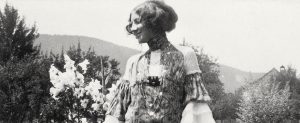
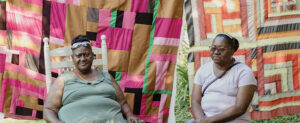
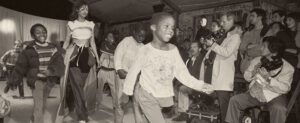












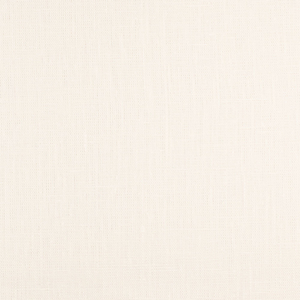



















Leave a comment